
What is ETL Electrical Certification Test?
Introduction to etl certification
ETL stands for Electrical Testing Laboratories, founded by Thomas Edison in 1896. It is recognized as a Nationally Recognized Testing Laboratory (NRTL) by OSHA (Occupational Safety and Health Administration) in the United States. After more than 100 years, the ETL mark is widely recognized and accepted by major North American retailers, enjoying a reputation comparable to UL. The North American market has the most advanced and comprehensive product testing standards, and the certification requirements are quite stringent. Any electrical, mechanical, or electromechanical product bearing the ETL mark indicates it has been tested and meets relevant industry standards.
ETL Certified Product Scope
- Electronics, electrical, mechanical, or electromechanical products
ETL Certification Standards
- Product | Safety Standard
Power Supply
- Information Technology ITE / Audio-Video AV Power Supply: ul 62368-1
- Lighting Power Supply: UL 8750
- Household Appliance Power Supply: ul 1310, UL 1012
- Medical Power Supply: UL 60601-1
- Industrial Power Supply (Electronic Transformer): UL 1310, UL 1012, UL 61010-1, UL 61010-2-201
End Products
- Information Technology ITE / Audio-Video AV Products: UL 62368-1
- Lighting Products: UL 153, ul 1598, UL 8750, UL 1786, UL 1573, UL 588, UL 2108, UL 924
- Household Products: UL 1007, UL 1005, UL 1028, UL 1083, UL 982, UL 1026
- Medical Products: UL 60601-1
- Industrial Products (Transformer): UL 1310, UL 1012, UL 506, UL 1561, UL 1562, UL 1585, UL 1876, UL 1411, UL 397, UL 697
- Power Tools: UL 60745-1
Batteries
- Consumer Batteries: UL 1642, ul 2054, ul 2056
- Power Batteries: UL 2271, UL 2580, UL 1973, ul 2743
Electric Vehicles
- Electric Bicycles and Personal Electric Vehicles: UL 2849, UL 2272
ETL Certification Testing Items
1. Input Testing
2. Temperature Rise Testing
3. Impact/Fall Testing
4. Glow Wire/Needle Flame Test
5. Ball Pressure Test
6. LPS (Limited Power Source) Test
7. Touch Current Test
8. Ground Impedance Test
9. Constant Temperature and Humidity Test
10. Vibration Testing, etc.
ETL Certification Required Documents
1. CDF (Critical Component List)
2. Schematic Diagram
3. PCB Layout
4. Labels/Nameplates
5. Transformer Specifications, Inductor Specifications
6. Model List/Difference Table
7. Product User Manual or Installation Instructions, etc.
ETL Certification Process
1. Submit application form
2. Send samples to the laboratory
3. Laboratory tests the samples
4. After testing, submit DS+Draft report to ITS for review
5. Factory inspection (first-time applicants must undergo factory inspection)
6. Upon approval, the agency issues the ETL certificate
7. ETL Certification Timeline and Validity
The typical ETL certification cycle is 3-4 weeks, with expedited service available for an additional fee.
Is a Factory Inspection Required for ETL Certification?
For first-time applicants, a factory inspection must be completed before obtaining the ETL certificate to ensure product consistency and proper use of the ETL logo. Afterward, quarterly follow-up factory inspections are conducted, with additional costs for the factory inspection and quarterly certificate/license fees.
Email:hello@jjrlab.com
Write your message here and send it to us
 What is the Difference Between EMI and EMC?
What is the Difference Between EMI and EMC?
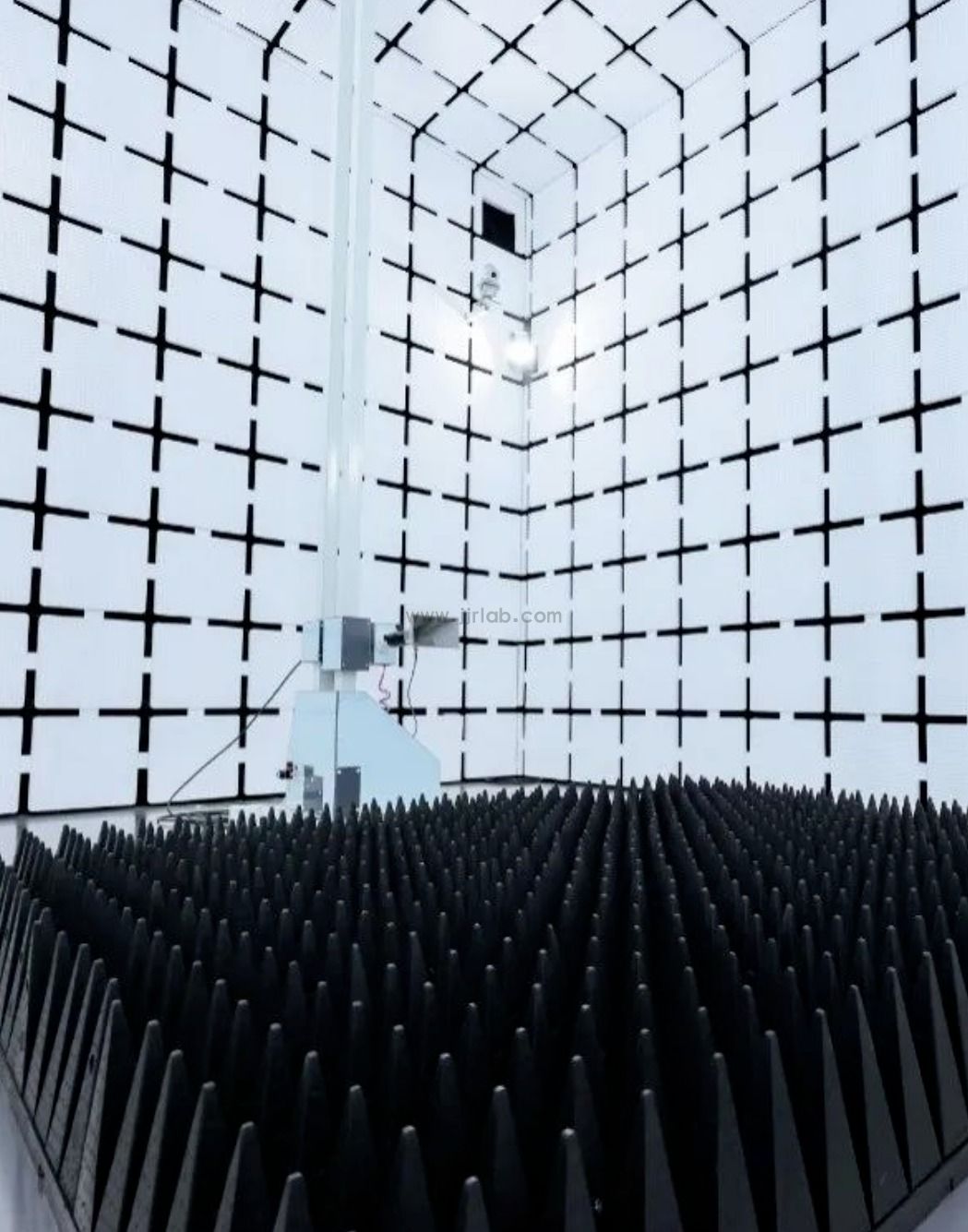 What is the difference between CE EMC and CE LVD?
What is the difference between CE EMC and CE LVD?
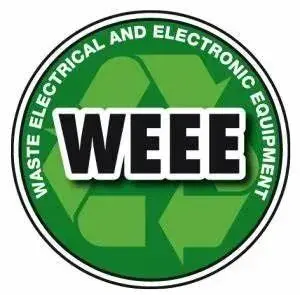 What Is the EU WEEE for Electronic and Electrical
What Is the EU WEEE for Electronic and Electrical
 What Is the ASTM D4316-95(2016) Hot Water Bottle T
What Is the ASTM D4316-95(2016) Hot Water Bottle T
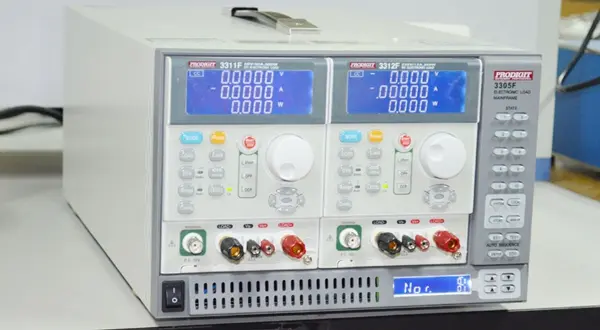 Amazon Electric Massager UL1647 Test Report
Amazon Electric Massager UL1647 Test Report
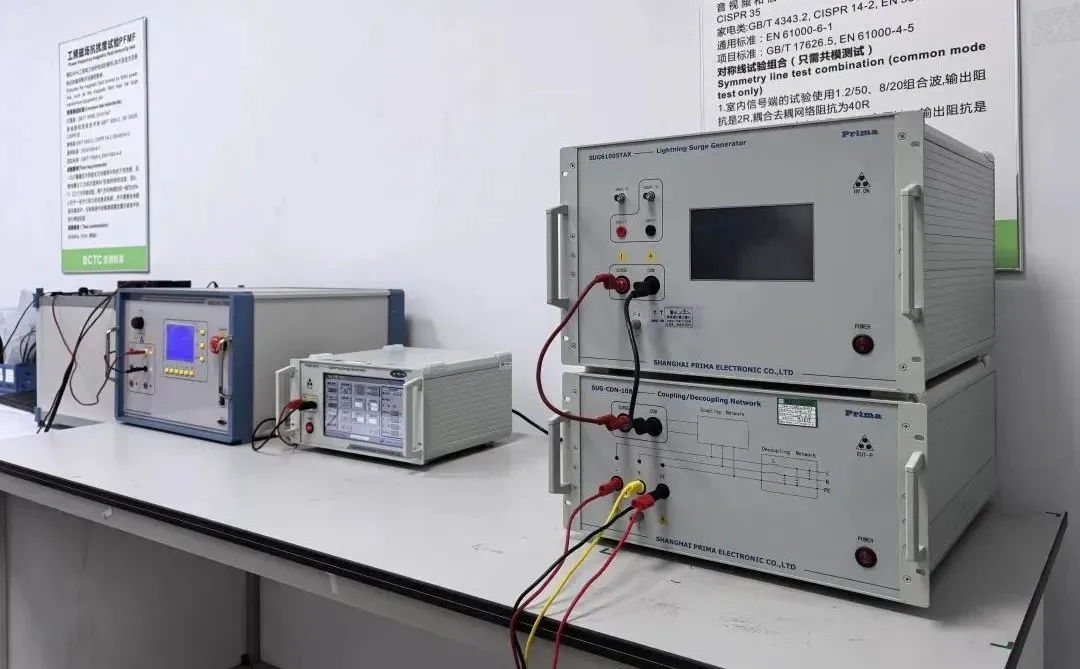 What Is IEC 60068-2-5:2018 Solar Radiation Test?
What Is IEC 60068-2-5:2018 Solar Radiation Test?
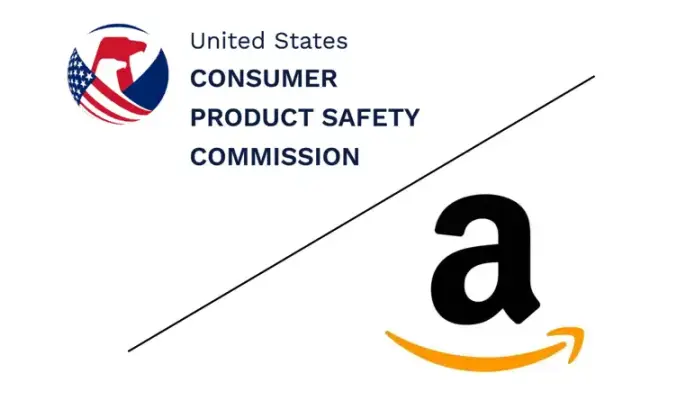 What Is California Proposition 65 Certification Co
What Is California Proposition 65 Certification Co
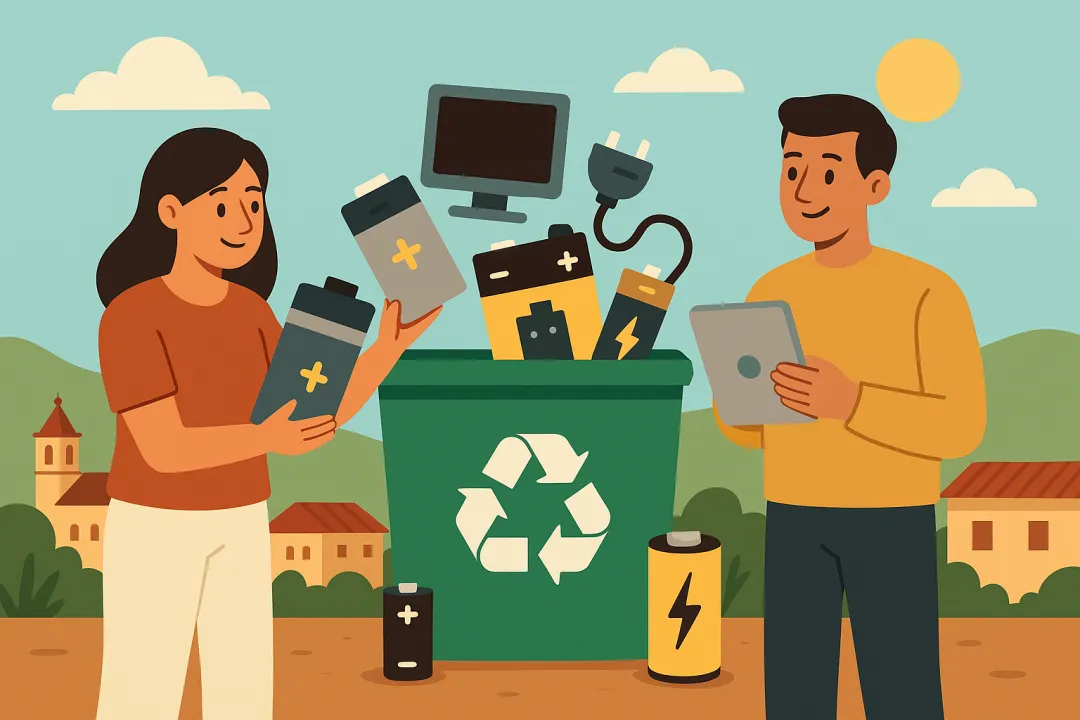 What is Walmart WERCS Certification?
What is Walmart WERCS Certification?
Leave us a message
24-hour online customer service at any time to respond, so that you worry!




